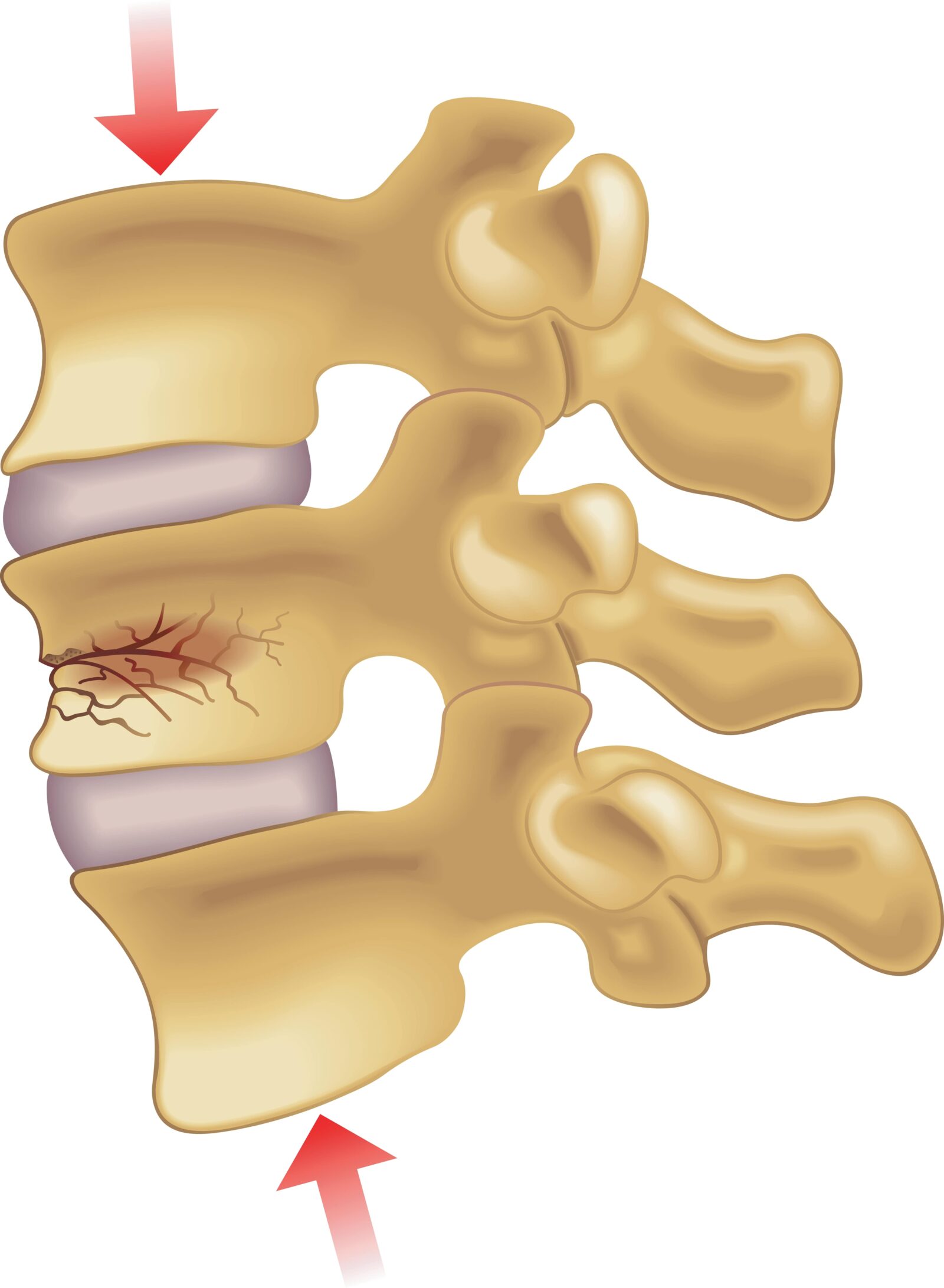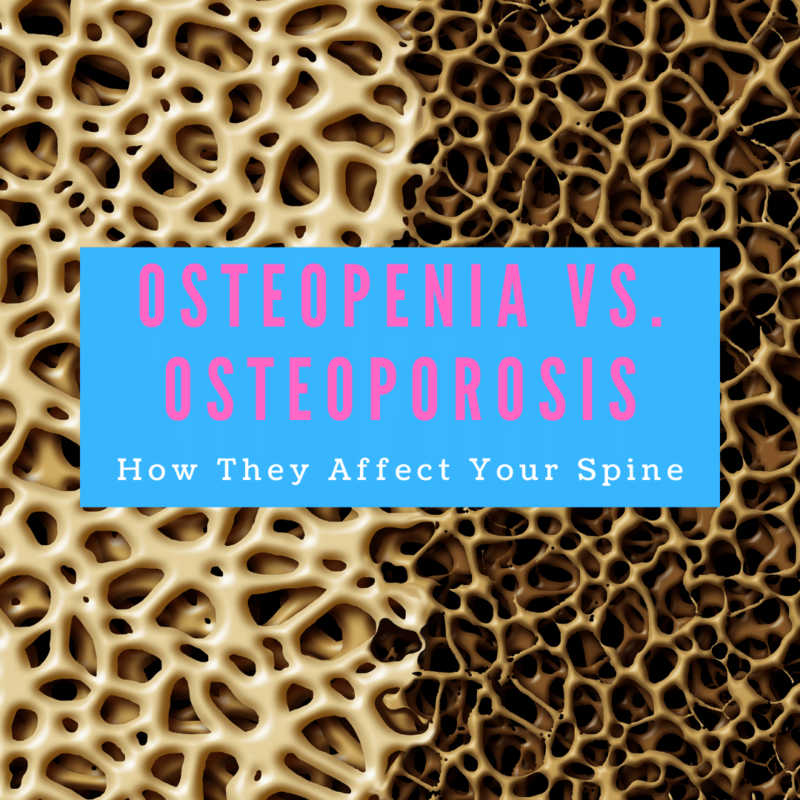Do you know the difference between osteopenia and osteoporosis? If not, you’re not alone. Many people don’t know the difference, but it’s important to understand them both because they can affect your spine in different ways. In this blog post, we will discuss the differences between osteopenia and osteoporosis, and how each one can cause back pain. We’ll also provide some tips for preventing back pain in both cases.
Osteopenia vs. Osteoporosis
Osteopenia is a condition that occurs when your bone mass starts to thin, but your bones are not yet weak enough to be classified as osteoporosis. Most cases of osteopenia occur in adults over the age of 50 who have lower than average bone mass, but do not have osteoporosis.
Osteoporosis or the “fragile bone disease”, on the other hand, is a condition in which your bones are thin and weak, making them more likely to break. It occurs as a result of not getting enough calcium, vitamin D, magnesium, and other vitamins and minerals.
The difference between these two conditions lies in the measure of bone mineral density. Bone mineral density (BMD) is the amount of calcium found in the bones. BMD can be measured by a bone density scan, which is a test that uses X-rays to measure the amount of calcium in your bones. You will then be assigned a T-score, which is a measure of how dense your bones are in comparison to a healthy 30 year old of the same sex and race. A T-score of -1 and -2.5 is classified as osteopenia, while a score of lower than -2.5 is considered osteoporosis. Generally speaking, more people are affected by osteopenia, however osteoporosis is more well-known.

How They Cause Back Pain
Both osteopenia and osteoporosis can cause back pain, but for different reasons. With osteopenia, your bones are more likely to become sore from a lack of support, which can lead to back pain. This can cause back pain from standing, walking, bending, or twisting. In many cases, back pain associated with osteopenia gets better when you lie down.
Osteoporosis is even worse; it can actually cause the vertebrae in your spine to collapse, leading to severe back pain. Like osteopenia, osteoporosis can also cause back pain that increases while standing or walking. Unfortunately, osteoporosis also commonly causes compression fractures in the spine, as well as a curved spine.
How to Prevent Back Pain
Fortunately, there are a few things you can do to prevent back pain in both cases. First, make sure you’re getting enough calcium and vitamin D. These nutrients are essential for keeping your bones healthy. You should also engage in regular exercise, which will help keep your bones strong. This will also strengthen your muscles, which can help support your bones. Finally, avoid smoking and excessive alcohol or caffeine consumption, since these substances can damage your bones.
In Conclusion
If you have osteopenia or osteoporosis, it’s important to see a doctor regularly so they can monitor your condition and prescribe the appropriate treatment. With early diagnosis and proper treatment, you can keep your spine healthy and avoid back pain. So if you’re experiencing any back pain, be sure to talk to your doctor and get to the bottom of it.










